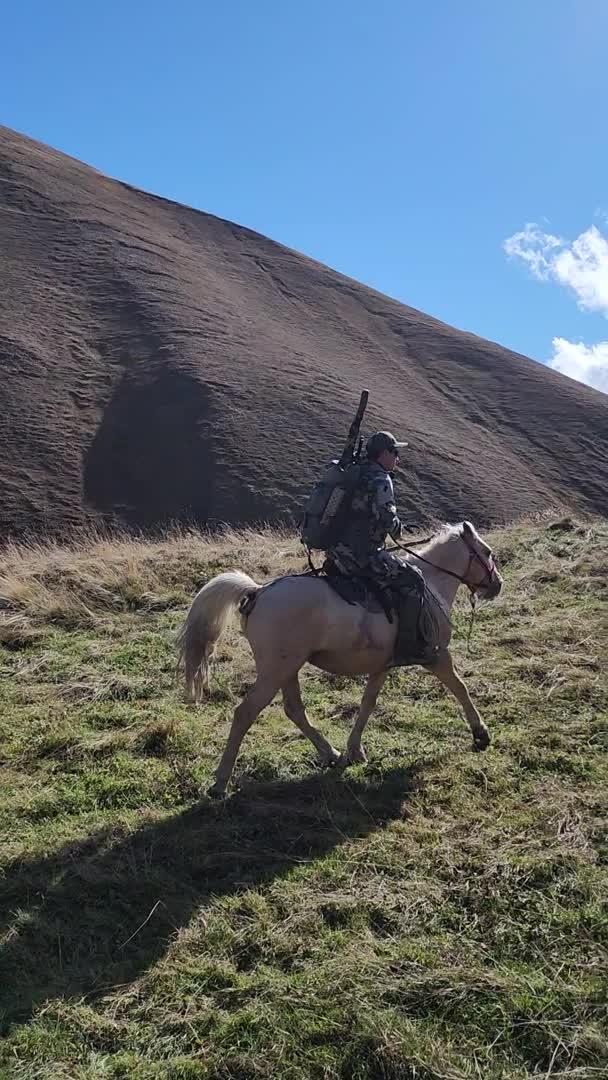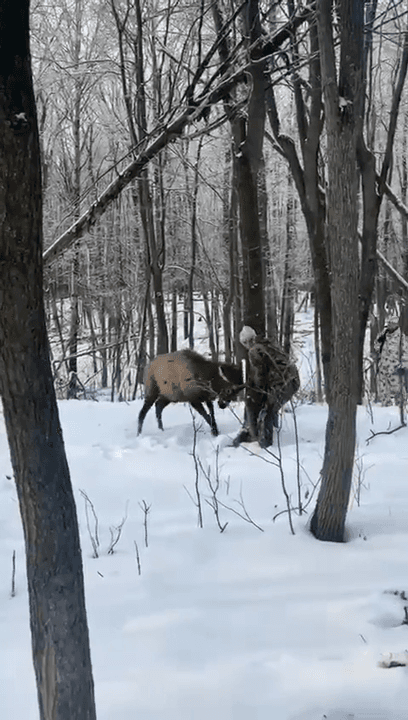
Hunting in Western Equatoria: Terrain Features, Hunting Communities, and Species Variety Natural Terrain and Ecological Profile of Western Equatoria Western Equatoria is a richly forested region lying along the southern border of South Sudan, sharing frontiers with the Democratic Republic of the Congo and the Central African Republic. The landscape is dominated by dense woodlands, seasonal rivers, and fertile agricultural zones, interspersed with patches of savanna and swamp. This lush and diverse environment supports an impressive array of wildlife and makes the region highly attractive for subsistence and potential safari-style hunting. Its dense vegetation offers ample cover for elusive species and creates an immersive wilderness experience for those skilled in forest stalking. Who Hunts in the Region The region is inhabited by several ethnic groups, including the Azande and Balanda, who have a deep-rooted hunting culture. In these communities, hunting plays a vital role in both
Post: 23 July 16:02















































